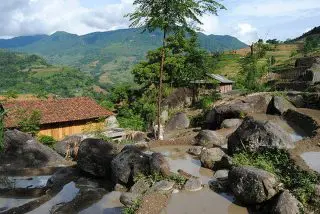
Xin Man, Ha Giang: What Makes This Region Special?
Xin Man district has a complex terrain, located in the upper Chay River mountain range, so it is mainly hills with steep slopes and divided by many streams.
Nestled in Thanh Thuy Commune, within the Vi Xuyen District, the Thanh Thuy International Border Gate constitutes a significant passageway for trade and cultural exchanges between Vietnam and its neighboring territory. Situated approximately 22 kilometers northwest of Ha Giang City, this border gate connects Vietnam with the Yunnan Province of China through the Thien Bao Border Gate. Officially upgraded to an international border gate in December 2014, the site has undergone considerable enhancement in infrastructure and services aimed at facilitating smoother and more efficient travel and commerce.
In recent times, modernization initiatives have aimed to ensure a seamless experience for travelers. Notably, an automatic entry and exit control system has been installed, significantly enhancing the efficiency of immigration procedures. On average, around 200 to 400 people utilize this border crossing daily, reflecting its crucial role in facilitating trade and movements between the two countries. Not only does this highlight its importance as a point of transit but also underscores its growing relevance in the international commerce landscape.
Reaching the Thanh Thuy Border Gate from Ha Giang City is relatively straightforward, benefiting from various available transportation methods. Travelers can opt for private vehicles or public transport, with effective directions guiding them to navigate through a fork after about 1 kilometer from the new bus station in Ha Giang City. This ease of access has been instrumental in increasing the prominence of the border gate as a commercial hub.
The convenience of getting to the border gate has encouraged many to engage in shopping for various goods at competitive prices, thus bolstering the local economy. The bustling environment around the gate fosters not only trade but also a lively cultural exchange as people from different backgrounds interact.
The area surrounding the Thanh Thuy International Border Gate is not just a passage for goods and people but has also been strategically developed into an economic zone. This zone covers several communes and focuses on enhancing trade and service industries, which play a crucial role in contributing positively to the local economy.
Moreover, the border gate serves as a cultural intersection, providing ample opportunities for interaction between Vietnamese and Chinese traditions. Visitors can witness a blend of customs, festivals, and culinary delights as a result of this intercultural exchange. Many find the experience enriching, with the ability to explore not just products but also the heritage that accompanies them.
Optimal times to visit the border gate are during the spring (from December to March) and autumn (from September to November). These seasons usually bring favorable weather conditions, making travel and exploration a pleasant experience.
The enhancements made to the border gate include state-of-the-art technology that has revolutionized the way travelers are processed. The incorporation of an automatic entry and exit control system is a notable example; this system significantly reduces waiting times and improves overall procedural efficiency.
These modern features not only elevate the travel experience but also establish the Thanh Thuy International Border Gate as a benchmark for other border facilities in the region. The ability to attract a steady flow of international travelers further solidifies its status as a key player in regional trade.
The ambiance surrounding the Thanh Thuy Border Gate is characterized by a vibrant scene fueled by the continuous movement of goods and people. The flow of commercial activity, coupled with cultural exchanges, creates an engaging environment where visitors can not only shop but also immerse themselves in the dynamic local culture.
To summarize, the Thanh Thuy International Border Gate stands as a vital bridge linking Vietnam and China, enhanced by modern facilities aimed at improving the travel experience. Through advancements in technology and infrastructure, the gate reinforces its position as an essential hub for commerce and cultural exchange, making it not only a crossing point but also a place where traditions meet and thrive.
In conclusion, this border gate is emblematic of the intricate interplay between economics and culture in the region. Modern technologies and ongoing community initiatives bolster its role, ensuring it remains an integral part of the local landscape for years to come.

Xin Man district has a complex terrain, located in the upper Chay River mountain range, so it is mainly hills with steep slopes and divided by many streams.
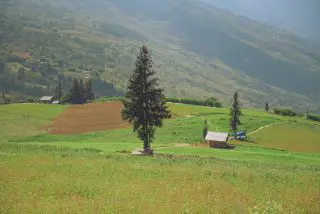
Venture into the untamed beauty of northern Vietnam with Vietnam Treasure and discover the magic of Suoi Thau Steppe. This captivating landscape offers a unique blend of cultural immersion and breathtaking natural scenery far from the bustling tourist trails.
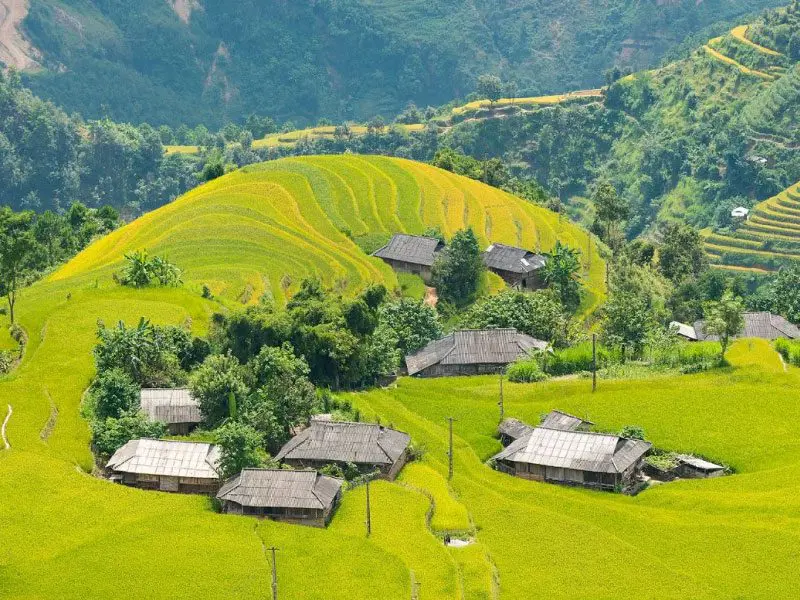
Nestled high in the mountainous region of Ha Giang, Phung Village (Ban Phung) is a hidden gem offering a glimpse into the authentic beauty and culture of Northern Vietnam.
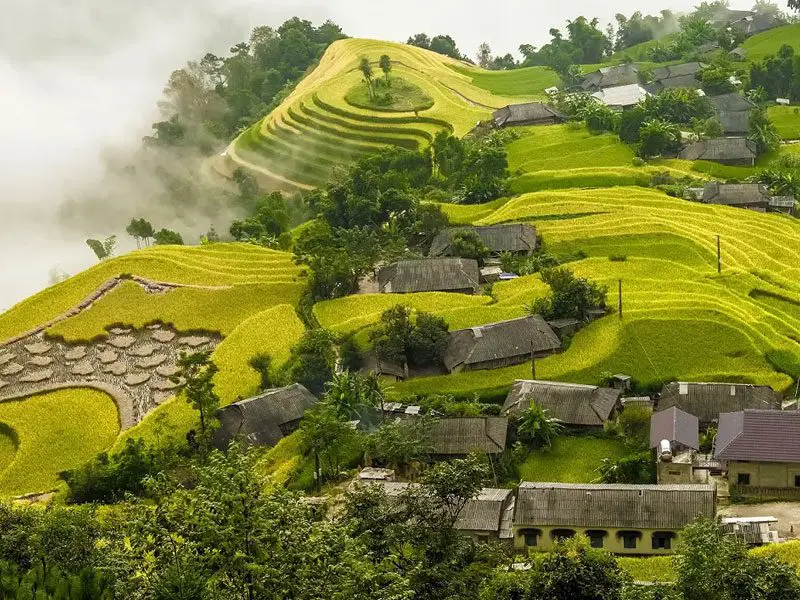
Stop at Thong Nguyen Village, and you will discover amazing beauty. This is a rugged and difficult mountainous area. Many people may think that nothing is interesting here. Join Vietnam Treasure to discover the beauty of Thong Nguyen Village.
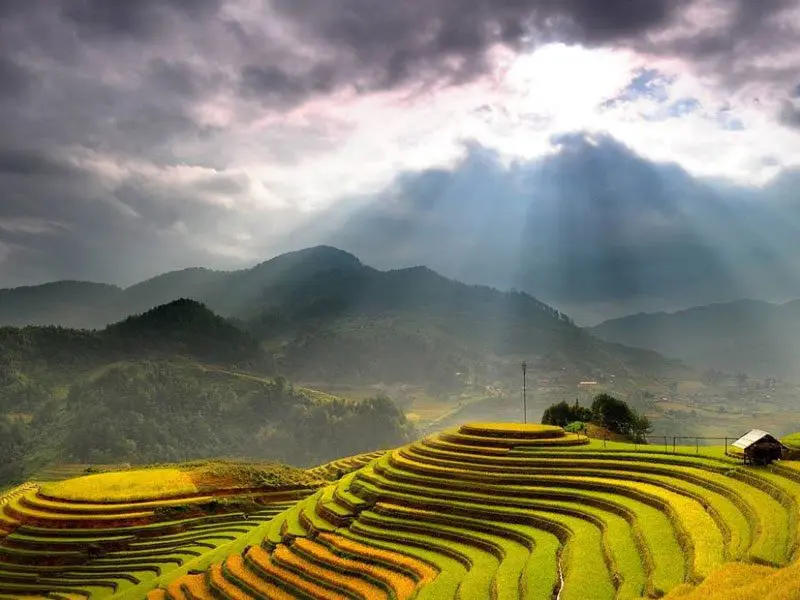
Its name, Hoàng Su Phì or Hoàng Thụ Bì, means “the yellow bark” in the Hmong language. It indicates the woods of weeping cypress, which is a local specialty.
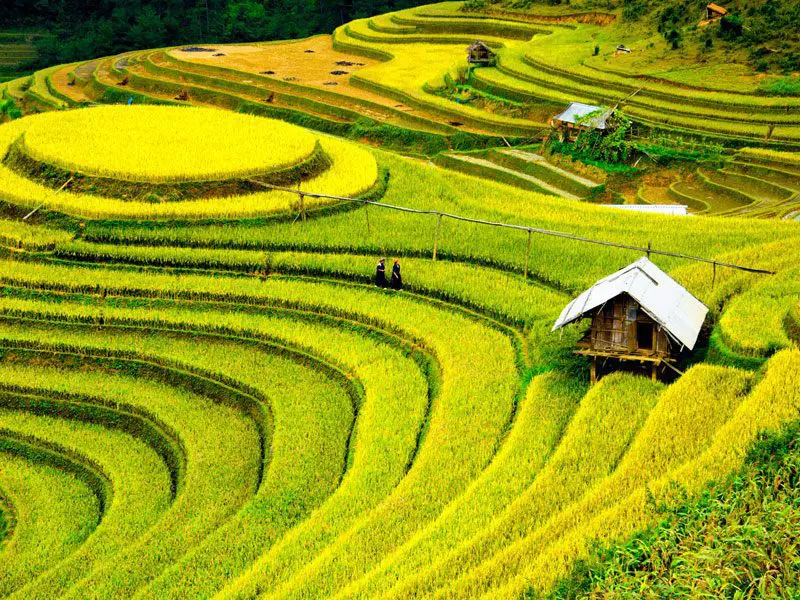
Hoang Su Phi terraced fields possess an undeniable charm, creating a mesmerizing scene—journey to Ha Giang with Vietnam Treasure to witness the brilliant golden rice harvest season. Although present in many countries, especially in Southeast Asia, terraced fields in Vietnam are deeply associated with the traditional agricultural activities of many ethnic groups in the northern mountainous region, such as the H’Mong, Dao, Nung, La Chi and Ha Nhi.
Tu San Canyon (Mèo Vạc district), the deepest canyon in Vietnam. It has a depth of about 800 m, a length of 1.7 km, and cliffs that slope 70° to 90°.
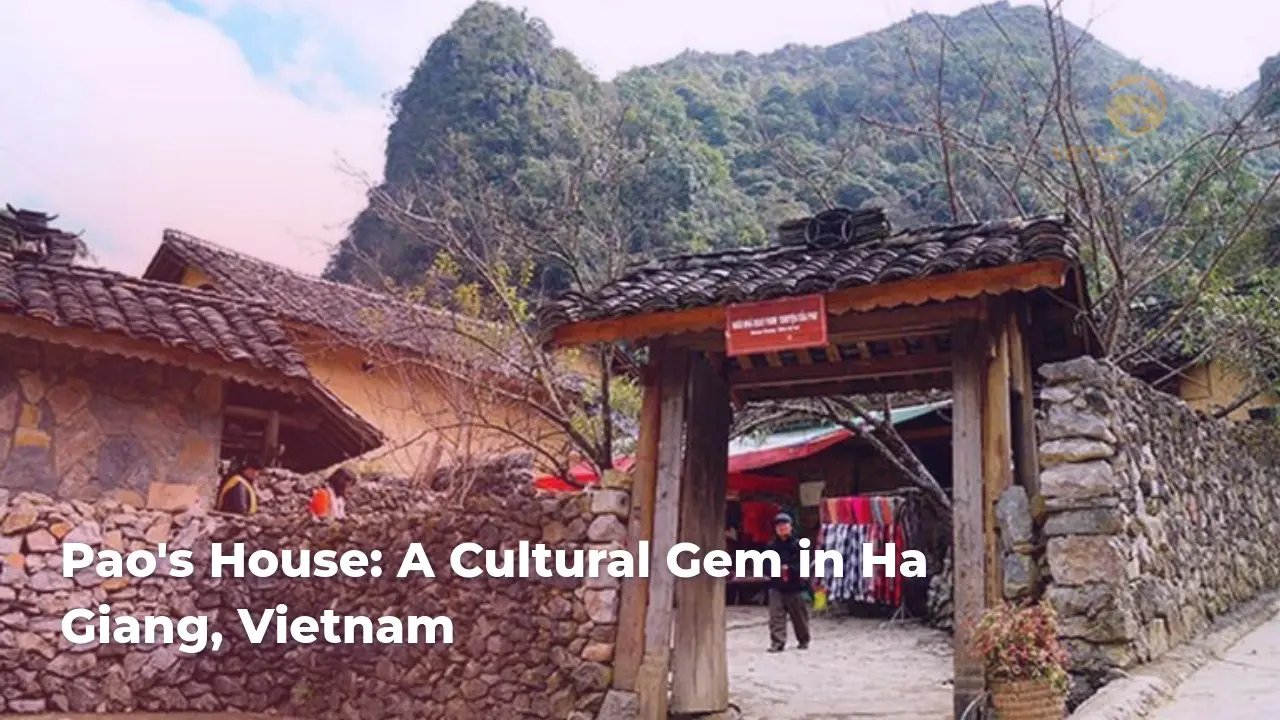
Discover the charm of Pao’s House, Ha Giang. Dive into local culture and scenic beauty. Plan your adventure now!
Copyrights @2025 Vietgo Travels. Terms and Conditions Privacy Policy
Hotline
+84 855 452 888 (Viet Nam) / +1 (206) 665 3090 (US)
Email: [email protected]
Website: www.vietgotravels.com
Head Office:
No. 23 Lo Su Street, Hoan Kiem District, Ha Noi, Viet Nam.
Viet Nam’s branch:
No. 35 Hang Quat Street, Hoan Kiem District,
Ha Noi, Viet Nam.
US:
831 41st Pl, Everett, WA 98201, USA